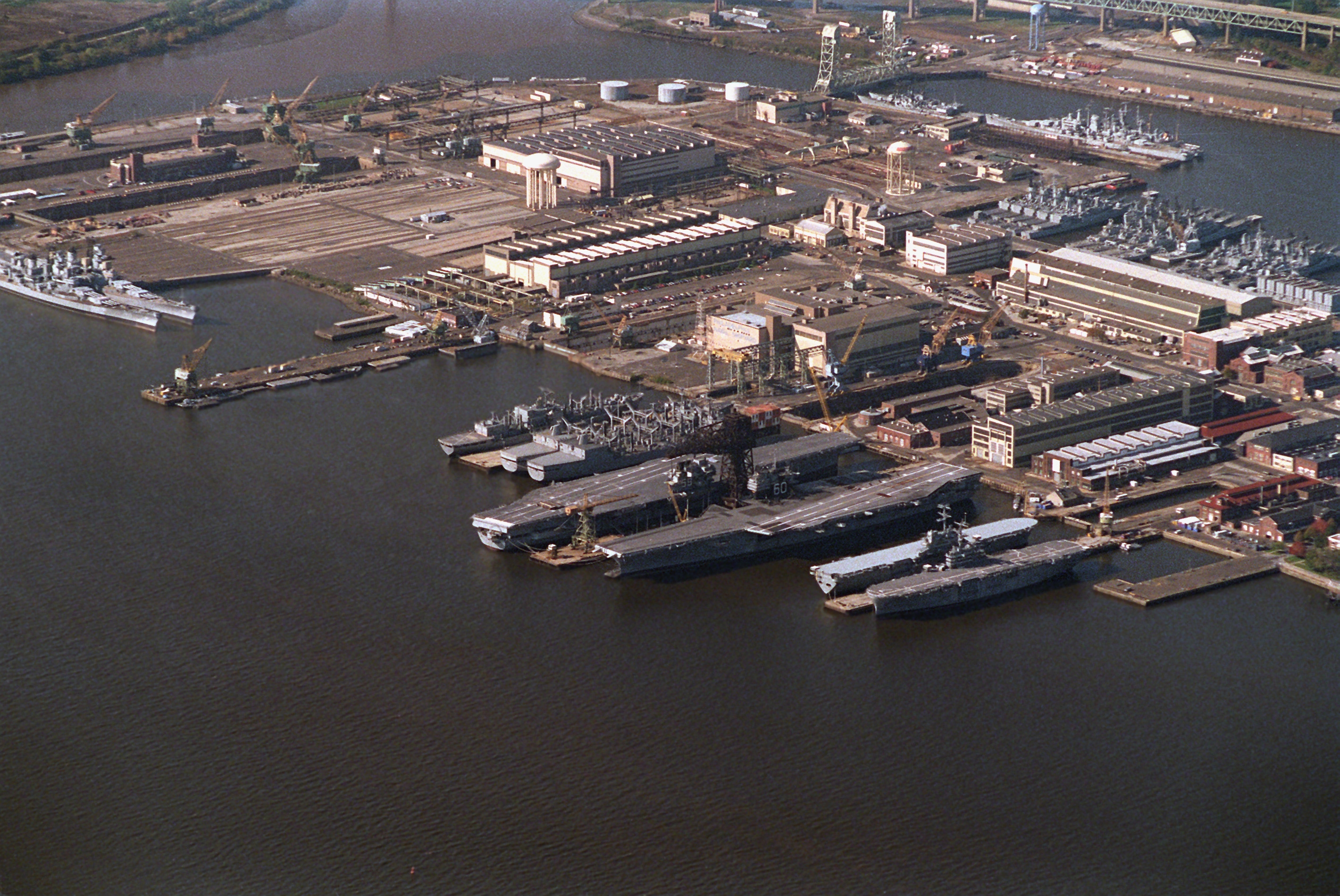
This Could Be the Year to Close America’s Surplus Military Bases
If Congress gets out of the way.

If Congress gets out of the way.

Uncle Sam is wrecking a great deal of South Korea’s top tourist destination.

With Japanese militarism on the rise, Okinawan leaders bring an angry appeal for peace to Tokyo.
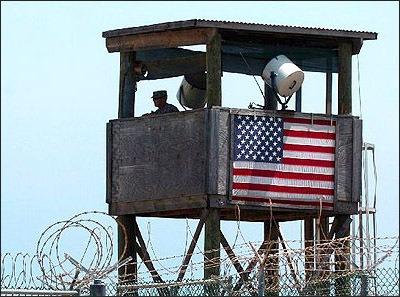
Even a conservative estimate of the true costs of garrisoning the globe comes to an annual total of about $170 billion–or maybe even more.

Why are the organizers of the World Conservation Congress holding their meeting near the construction of a military base in South Korea that is destroying the environment?
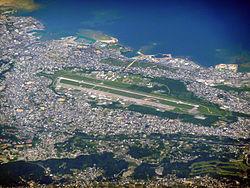
The U.S. military footprint on Okinawa is shrinking, but the impasse over bases remains.

Two new films introduce the world’s premier experts on militarism (hint: you won’t meet them in Washington).

There is perhaps more common ground between Okinawans and Marines than either Washington or Tokyo imagines.

Can a group of architects turn destruction sites into construction sites?
Jeju Island: honeymoon spot, UNESCO world heritage site, naval base. What’s wrong with this picture?
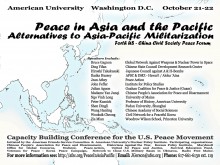
The U.S. still has more than 100 military bases and installations across Japan, exacting a heavy toll on both the Japanese and U.S. people and increasing the dangers of war. In Korea, activists have engaged in hunger strikes and been jailed for opposing construction of the new Jeju naval base.

U.S. military bases are very costly to the people of the Asia-Pacific region and to people here in America as well.

Allegations of Agent Orange use are rekindling the anti-base movements in South Korea and Japan.

Choi was arrested for her attempts to prevent the construction of a naval base in Jeju’s Gangjeong Village, a base that many suspect would become a new port for the U.S. Navy.
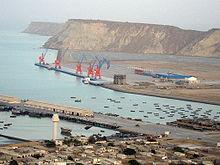
China is modernizing its navy, but is it really about to build a network of overseas bases?